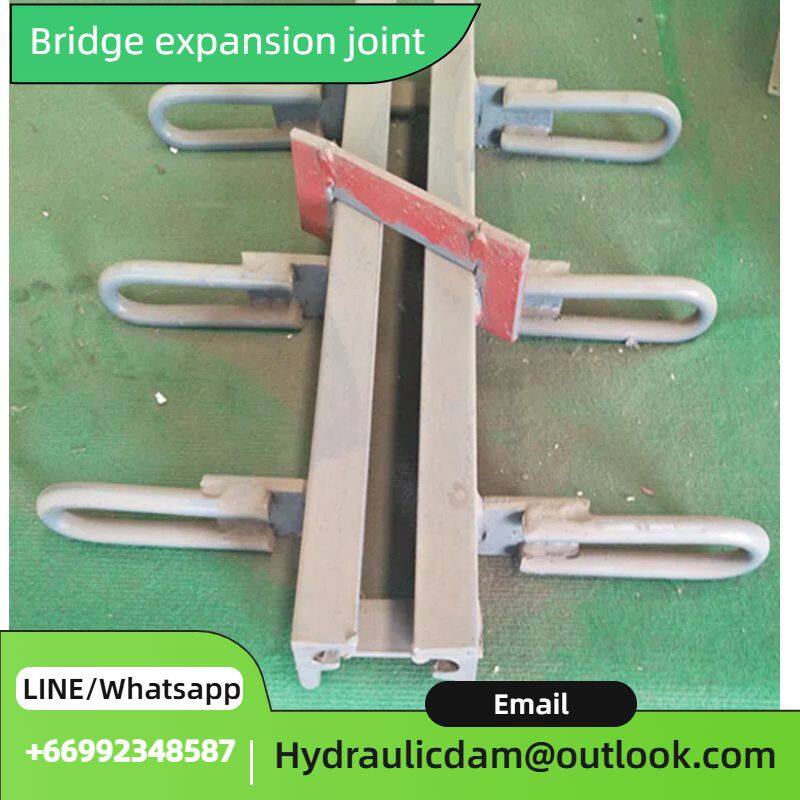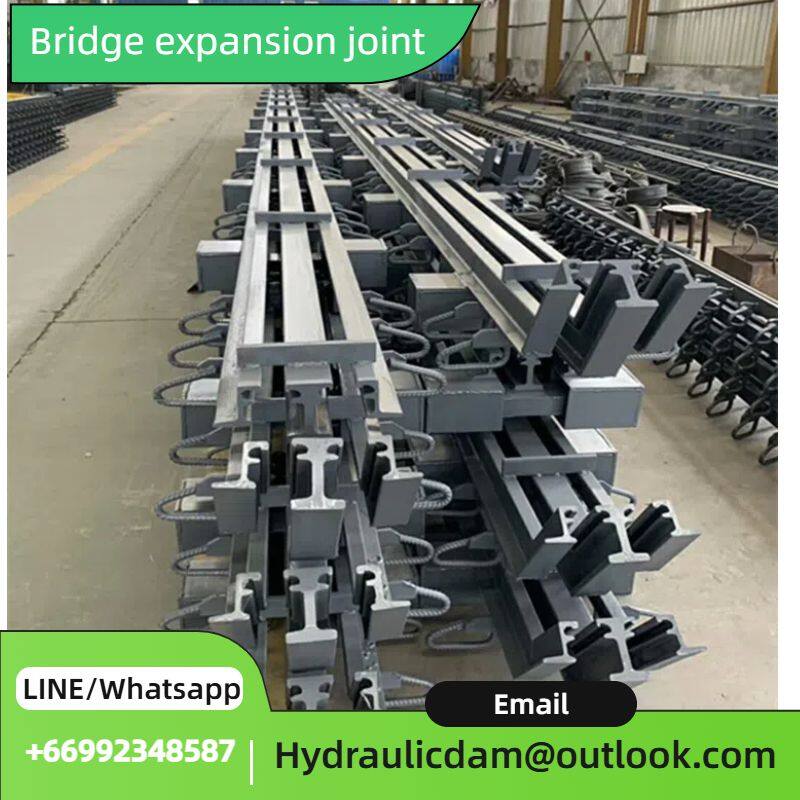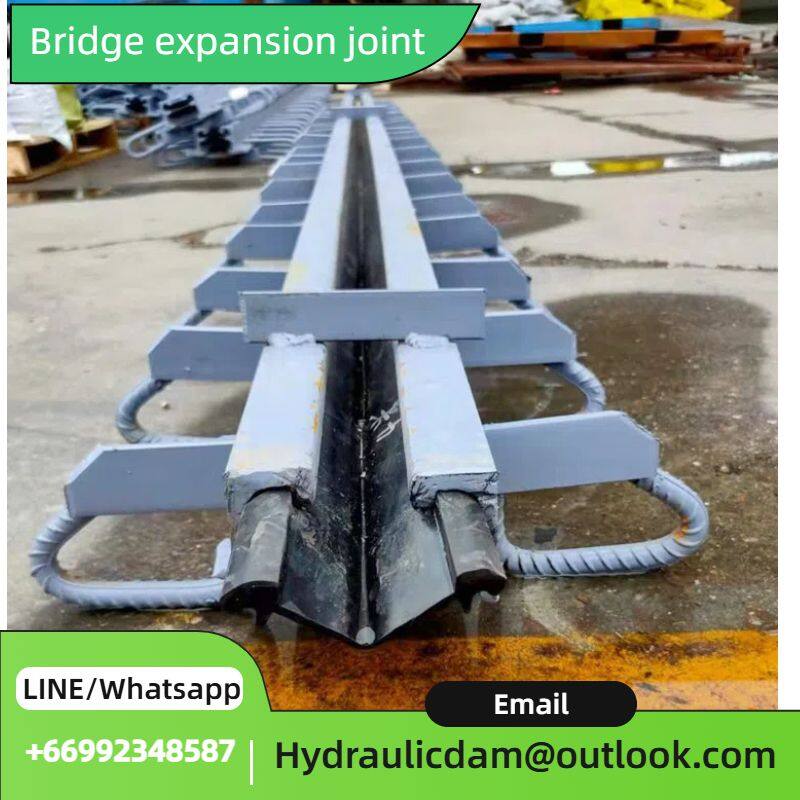Hebei KeWang Rubber Products Co., Ltd.
AIBot OnlineThis conversation is AI-generated. Contact manufacturer before transaction to confirm info.
-
 Liu
Hi there! Welcome to my shop. Let me know if you have any questions.
Liu
Hi there! Welcome to my shop. Let me know if you have any questions.
Your message has exceeded the limit.

Bridge Expansion Joints: Adapting to Environments and Diverse Applications
2025-07-18 13:21:28
Bridges are vital arteries of transportation networks, and their reliable operation depends on the seamless coordination of numerous components. Among these, expansion joints are indispensable, as they handle the dynamic movements that bridges undergo. Beyond innovations and challenges, the ability of expansion joints to adapt to various environments and meet the demands of different applications is equally crucial. This blog explores how bridge expansion joints are tailored to specific settings and the diverse roles they play in different bridge types.
Environmental Adaptability of Bridge Expansion Joints
Extreme Temperature Zones
In regions with frigid winters and scorching summers, bridge expansion joints face extreme temperature fluctuations. For example, in the northern parts of Canada or Siberia, temperatures can drop to -40°C in winter and rise to 30°C or higher in summer. Expansion joints here must be able to accommodate significant expansion and contraction. Specialized materials with high cold resistance and heat stability are used. Rubber compounds modified with additives to prevent hardening in cold weather and maintain elasticity in heat are common. Additionally, the design of these joints often includes larger movement capacities to handle the substantial length changes of the bridge structure.
Coastal and Humid Areas
Coastal bridges are exposed to saltwater spray, high humidity, and corrosive marine air. These factors accelerate the corrosion of metal components in expansion joints. To combat this, expansion joints in coastal areas are often constructed with high-grade stainless steel or other corrosion-resistant alloys. The rubber seals are also treated with anti-aging agents to resist the damaging effects of salt and moisture. Some joints even feature protective coatings that act as a barrier against corrosive elements, ensuring a longer service life in these harsh environments.
Seismic Prone Regions
Earthquake-prone areas, such as Japan, California, and parts of Turkey, require expansion joints that can withstand sudden and violent movements. These joints are designed to have high ductility and energy-absorbing capabilities. They can deform under seismic forces without breaking and then return to their original position as much as possible. Specialized damping mechanisms may be integrated into the joints to reduce the impact of seismic waves on the bridge structure, protecting both the joint itself and the entire bridge from severe damage.
Expansion Joints in Different Bridge Applications
Highway Bridges
Highway bridges experience heavy traffic loads, including large trucks and buses, which exert significant vertical and horizontal forces on expansion joints. Expansion joints for highway bridges need to have high load-bearing capacity and excellent wear resistance. Modular expansion joints are often preferred here because they can handle large movements and distribute loads evenly. They also provide a smooth transition between bridge segments, ensuring a comfortable ride for motorists and reducing the stress on vehicles.
Railway Bridges
Railway bridges have unique requirements for expansion joints. Trains pass over bridges at high speeds, generating intense vibrations and dynamic loads. The expansion joints must minimize noise and vibration transmission to ensure the safety and comfort of passengers. Finger joints are commonly used in railway bridges due to their ability to provide a continuous and stable surface. The design is optimized to reduce the impact of train wheels, preventing excessive wear and ensuring the joint's longevity.
Pedestrian Bridges
Pedestrian bridges are typically lighter in load compared to highway and railway bridges, but they still require reliable expansion joints. Aesthetics often play a more important role in pedestrian bridge design, so expansion joints are designed to be visually unobtrusive. Strip seal joints are a popular choice here, as they can be integrated into the bridge's design seamlessly. They also provide effective waterproofing, preventing water from seeping into the structure and causing damage, which is important for maintaining the integrity of pedestrian bridges over time.


Tags: Bridge expansion joint, Deck Joint, Deck expansion joint

